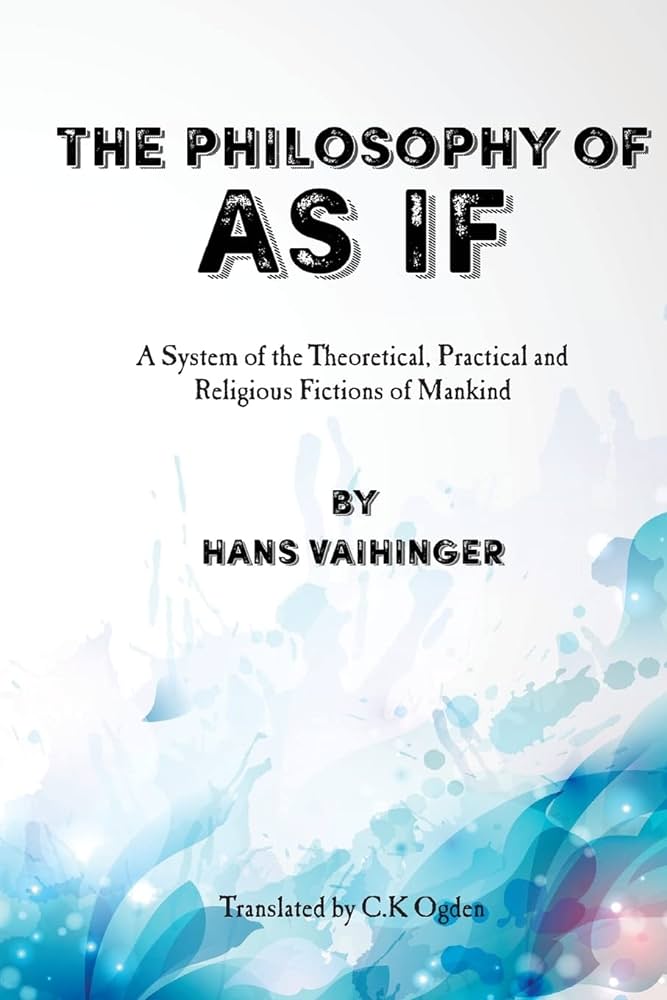
This is a brief introduction to our topic that I will later address in a bit more depth. Because I will be using material from Colin Dayan’s Law is a White Dog (2011) for reasons having to do with a rather different subject in a future post, I’m concentrating here on Lon Fuller’s book on legal fiction.
I tend to believe that the manner in which “legal fictions” and, relatedly, analogies and metaphors,1 ramify throughout the law, be it in legal theory or civil and common law systems and traditions, has importance not only for the study and understanding of jurisprudence, but for research in fields of inquiry outside the law as well. These legal fictions, and fictions generally, have relevance to, or implications for, and thus often bear upon, work in the social sciences, in particular, its concepts, theories, and methods. If this interests or provokes you, please consider reading Lon L. Fuller’s somewhat neglected or forgotten—by yours truly, among others—work, Legal Fictions (Stanford University Press, 1967), which reprinted in book-form three of his articles from 1930-31 in the Illinois Law Review (XXV). It can be read online or downloaded here.
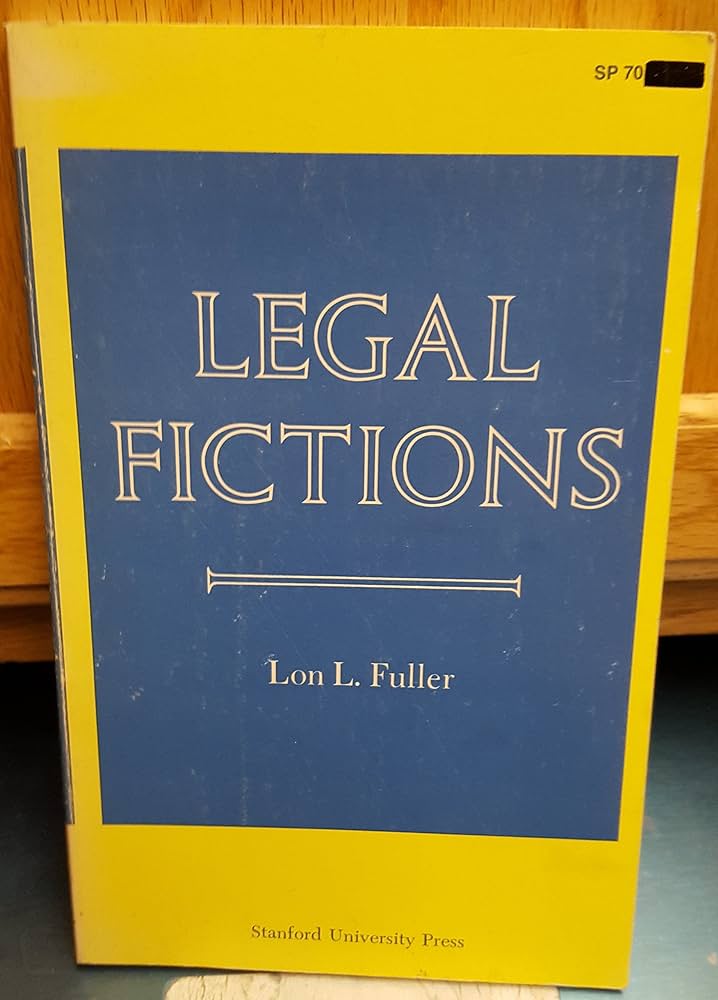
By contrast, Colin Dayan’s The Law Is a White Dog: How Legal Rituals Make and Unmake Persons (Princeton University Press, 2011) focuses on a considerably narrower class of “legal fictions (and she does not cite Fuller’s book), yet its arguments are no less important. Her legal fictions are those termed “pernicious, irrational, and occasionally immoral in consequence” in the title of our post. What Dayan refers to as legal “rituals” and legal “fictions” are in effect reincarnations of “social, economic, and even spiritual (or ‘religious’) practices of remote times,” in other words, “rituals considered otherworldly, primitive, irrational, and superseded maintain their presence in what we consider our truly civil and modern civility.” “Idioms of servility,” a history of “negative personhood” and the notion of “civil death” are woven throughout her principal narrative “focus on slaves, animals, criminals, and detainees who are disabled by law.” In brief, this is about deleterious “pre-modern” metaphors, analogies and fictions that have made their way into our modern legal system. An obvious contrast here is with more innocuous, pragmatic, or necessary legal “fictions” (‘living’ and ‘dead’) having to do with, say, “legal persons” and “personhood,” involving, for example (from our time and place), corporations (‘certain assortments of people’ to whom we attribute rights and duties as if he or she were a natural human person) or some nonhuman animals and even “rights of nature.” That and much more is subjected to brilliant historical, legal and philosophical analysis and scrutiny by Fuller.
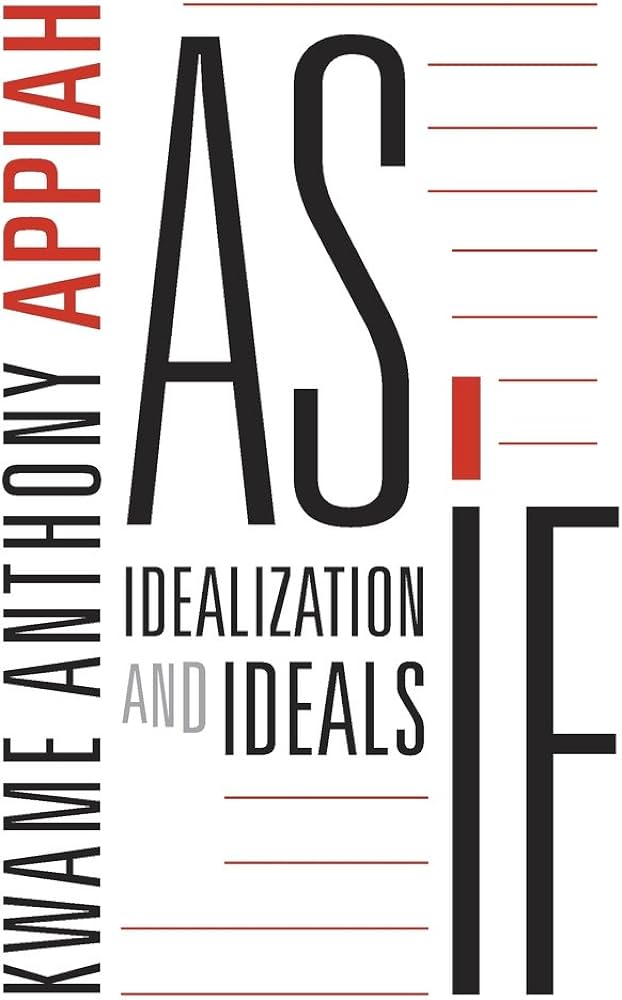
Having recently finished reading Fuller’s book for a second time, I adamantly reiterate my remark that anyone interested in the methods and philosophy of the social sciences should read it. Fuller reminds us near the end of the book that “the courts were compelled to investigate the successions and interrelations of social life long before the disciplines of sociology, economics, psychology, political science, and anthropology were pursued as separate studies (please do not infer from what follows that a genetic fallacy is taking place here) [quoting Karl G. Wurzel]:
‘Jurisprudence was the first of the social sciences to be born. Of all men, judges and legislators were the first that found themselves compelled to seek a clear and conscious knowledge of the principles according to which human beings live together…. Thus law began to examine, long before any later and independent sciences, created by purely theoretical interests, took up the study of such matters, a large number of phenomena: logical and psychological ones, such as will, purpose, intention, declaration, error, coercion, passion; economic ones like estate, value, price, utility; linguistic ones, like sentences, meanings; ethical phenomenal, such as liberty, personality, honesty; political ones, like order, public authority, etc.’
Some legal fictions—far from being merely the metaphorical expression of ‘norms’—are in fact expressions of scientific truths discovered by the courts in the struggle to rationalize [i.e., simplify, comprehend, understand, explain…] the subject matters presented to them. For example, the courts are frequently criticized for attributing legal consequences to an ‘intent’ of the parties that is fictitious. This ‘intent’ is regarded as fictitious because it is not show to have been ‘presented to the mind of the party.’ But is it not possible that this ‘fictitious’ intent represents the discovery of an important psychological truth, namely, that the conduct of an individual may be accompanied and conditioned by expectations that are not consciously present to his mind?
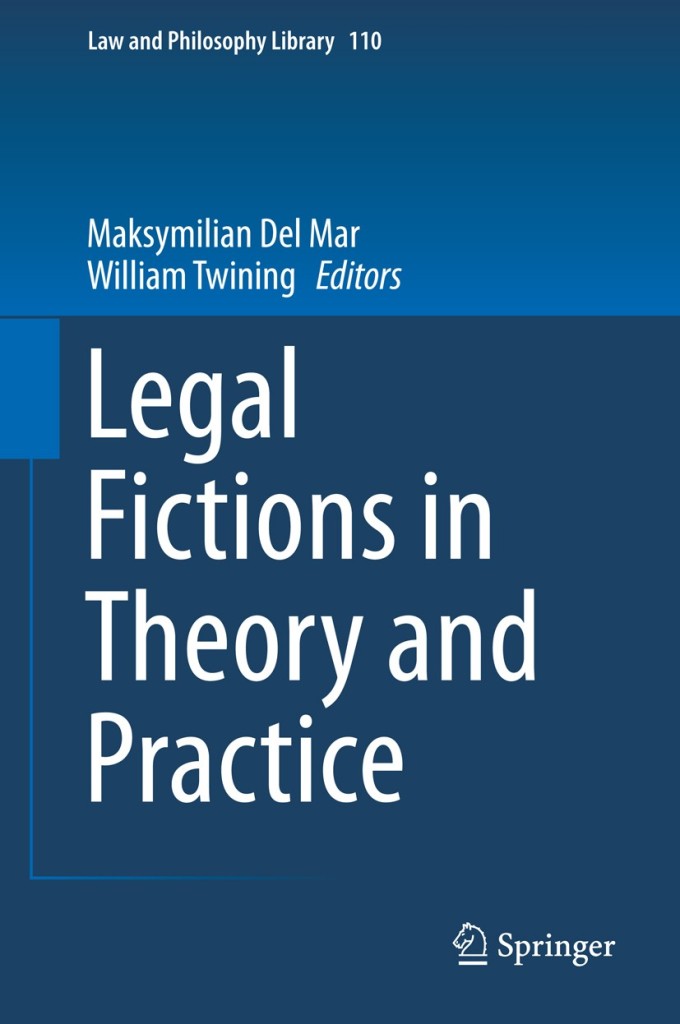
It should be recalled that the courts were pioneers not only in the field of the social sciences, but perhaps in the field of science generally. If we define science as the conscious generalization of experience, then the law was the first of the sciences. [….] That a whole host of juristic concepts have found useful application elsewhere is evidence enough that the ends of the law are not entirely peculiar to that science. In this connection, it is worth observing that the word ‘average,’ a word that stands for an important concept of science, is a law word [a footnote traces this to a statement by John Dewey in How We Think (1910) that our ‘sense’ of the word was ‘generalized from a use connected with dividing loss by shipwreck proportionately among various shares in an enterprise.’ Fuller points out, however, that the ‘exact derivation of the word is disputed, but there seems to be no dispute that it was originally a law word.’].”
Today, of course, it is the law that makes “use of the physical and social sciences,” although fictions of one kind or another invariably or unavoidably facilitate our thinking about complex matters and only become pernicious if we mistake them, in the end (through, say, reification or hypostatization) for facts or reality:
“Hans Vaihinger’s2 precept, that fiction must drop out of the final reckoning, applies to the use of any sort of concept. Our concepts (‘title,’ ‘legal right, ‘energy’) are the constructs of our minds that facilitate thought by rendering comparison en masse possible. As all thinking proceeds by analogy and comparison, thought will be speeded up if we can group phenomena into units [or ‘classes’ or categories, etc.] convenient for comparison. But these constructs must be used as instruments of thought only; we must treat them as servants to be discharged as soon as they have fulfilled their functions. They are foreign elements which may be inserted into the equation provisionally to render computation simpler, but which must be dropped from the final reckoning.” Fuller provides ample examples of this although I will share but one:
“This dropping of the fiction from the final reckoning Vaihinger calls the ‘correction of a previous, intentional error.’ We find this process illustrated in many fields of the law. We call the corporation a person. This statement is false; it represents the introduction of a foreign element into our calculations, the notion of the ‘personality’ of the corporation. But we can correct the error by extracting from the word ‘person’ (when it is applied to corporations) all those qualities and attributes not legally appropriate to the corporation. The reader will have realized that the process of linguistic [and conceptual] development by which fictions ‘die’ is but the outward expression of the application of Vaihinger’s correction. In truth we may say, a fiction is dead when the majority of persons have learned to make the necessary correction intuitively.”
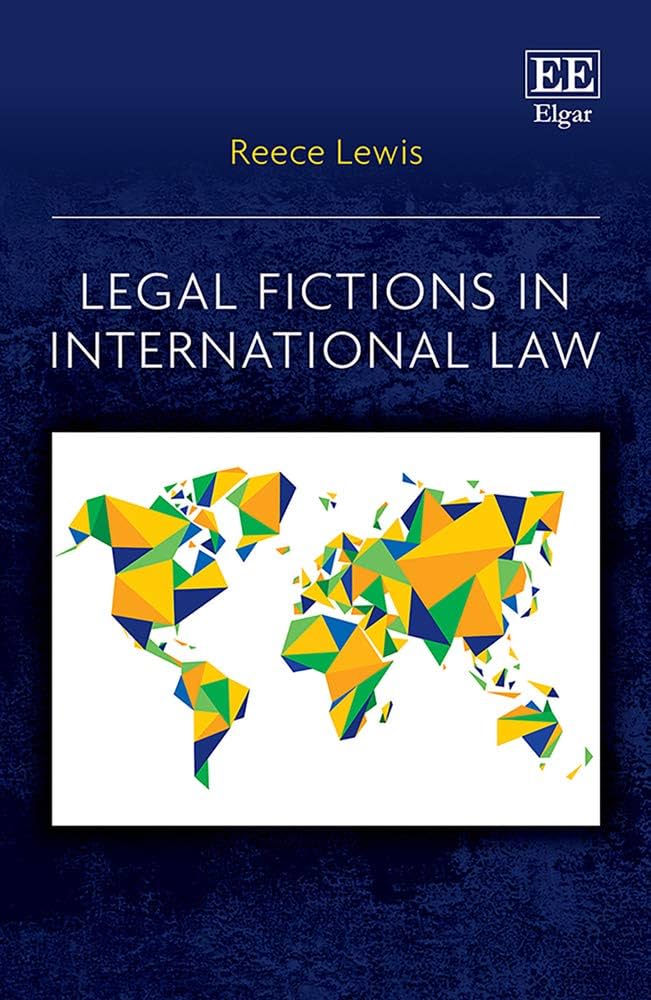
Notes
1. I would re-write this paper on analogies and metaphors in the interest of clarity and readability were I not involved in other things now, but perhaps it is still worth reading if their use in argument and forms of reasoning intrigues you. I also have a bibliography on same that is over ten years old but I think it retains some value for those doing research on analogies and metaphors (and legal fictions as well!).
2. “Hans Vaihinger (1852–1933) was a Neo-Kantian philosopher, who made important contributions to epistemology, philosophy of science and mathematics, and to the historiography of philosophy” (SEP entry on Vaihinger). Fuller draws from and comments on Vaihinger’s Die Philosophie des Als Ob (1911), translated into English by C.K. Ogden as The Philosophy of “As If” (1924). For a clear and comprehensive introduction to what Vaihinger was up to in this work, see Kwame Anthony Appiah’s As If: Idealization and Ideals (Harvard University Press, 2017). This treatment, by the way, has some relevance to the nature and function of utopian thought and imagination viewed in a non-pejorative and thus politically valuable or fruitful sense. See too Arthur Fine’s “Fictionalism,” Midwest Studies in Philosophy, XVIII (1993), which I have not finished reading but looks, not surprisingly, very good if not indispensable, and Frederick Schauer’s paper, “Legal Fictions Revisited.” I will have a few more references in the second and more in-depth discussion of Fuller’s fine book.

Leave a comment